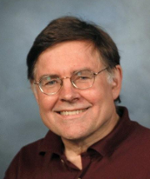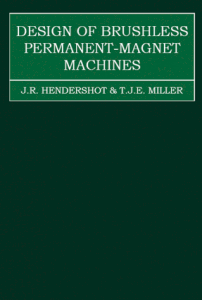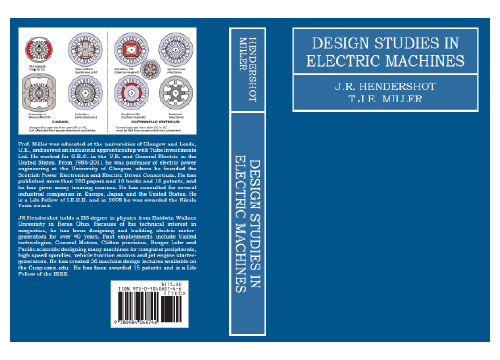An engineer's diary
- Sort condition
- Newest first
- Oldest first
- Large number of views
-
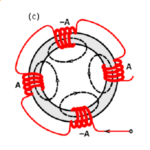
[No. 9] Can a magnetic circuit work without air ?
Recently the U.K. Magnetics Society sent a list of 10 questions for their magazine MagNews, in which the first question was “What is your favourite magnetic material?” In a hurry…
-
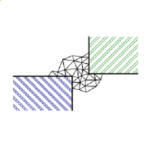
[No. 11] What is the finite-element method?
The idea in the finite-element method is to divide a difficult problem into a number of simpler problems which can be solved simultaneously; the solution to the difficult problem…
-
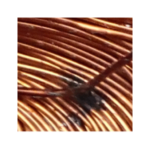
[No. 50] Insulation
In this series of Engineer’s Diary, the topics are selected by following the letters of the alphabet, giving an almost random walk through the field of electrical engineering. ‘I’…
-
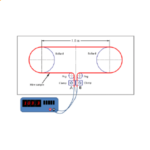
[No. 10] RW
All electric machines use wire — usually of copper, but sometimes of aluminium. The electrical resistance R determines the I2Rloss (Joule loss) in each winding when the RMS curre…
-
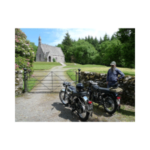
[No. 58] Maxwell
Almost exactly 10 years ago I made a ‘pilgrimage’ to visit the grave of James Clerk Maxwell at Parton Kirk in Dumfries and Galloway in the south-west of Scotland.
-

[No. 18] Is it time to celebrate?
In Finite Elements in Electrical and Magnetic Field Problems, edited by M.V.K. Chari and P.P. Silvester, (Wiley, 1980, ISBN 0 471 27578 6), A.L. Frisiani, G. Molinari and A. Vivia…
-
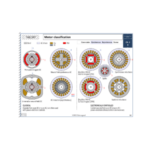
[No. 63] Oh no! No magnets!
Scarcity is nothing new in human history, and in electrical products we hear about it all the time in relation to lithium or rare earths, or even copper. So the poem might seem li…
-
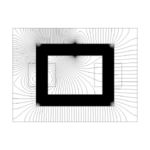
[No. 57] L and Linkage and Leakage
Readers may have noticed that Engineer’s Diary has been trying to follow the alphabet in selecting monthly topics, and some letters provide more ideas than others.
-
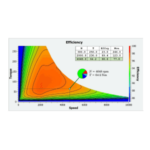
[No. 53] K : Kennlinie, ken-lines, and cissoids
Progressing through the alphabet of electrical engineering topics, we come to the letter K, and for this Diary I have to say I had some difficulty finding a suitable topic beginni…
-
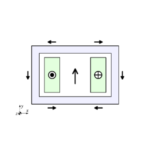
[No. 64] Eddy-currents
Eddy-currents flow in closed loops. It follows that for any physical device in which eddy-currents arise, only a three-dimensional analysis can be complete. Any two-dimensional an…
-
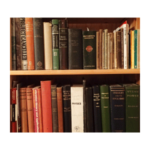
[No. 55] L : Library
A personal library can be a valuable asset. Before the internet, it was usually the first ‘port of call’, the first available source of reference material on engineering theory an…
-
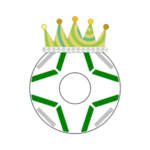
[No. 56] Lèse-Majesté
It is easy to imagine the IPM (interior permanent-magnet motor) as the monarch of electric motors. Indeed to question its supremacy could be said to be lèse-majesté.
-
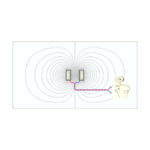
[No. 65] Inductance
Inductance may come as a shock to anyone who thinks that V = I × R. That delightfully simple expression of Ohm’s law is not the whole story. For sure, if we have a coil connected …
-
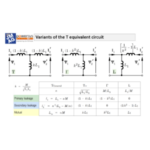
[No. 59] Mutual inductance
Mutual inductance M is one of the most common concepts in electromagnetic engineering. Indeed we can argue that it is also one of the most fundamental concepts.
-
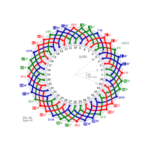
[No. 60] Mystery, Magic and Mappings
Mystery is not confined to novels.We have it in abundance in engineering.I remember as an apprentice in the 1960s working alongside a service engineer on a new DC drive system, an…
-
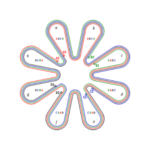
[No. 66] Axial flux
Axial-flux machines are currently in vogue. With an internet search we can quickly find numerous examples, including many videos of home-made machines and some notable products an…

